Abstract: This application note answers frequently asked questions for Dallas Semiconductor digital potentiometers.
Also See:
How do I set up the DS1267 in stacked configuration?
Connect the H0 terminal to the L1 terminal. With the Stack Select Bit (LSB of the 17-bit I/O Shift Register) set to a 0, the multiplexed output, SOUT, will be the output seen at W0. With the Stack Select Bit set to a 1, SOUT will be the output seen at W1. The new stacked potentiometer will use H1 as the new upper terminal, L0 as the lower terminal and SOUT as the wiper, as determined by the setting of the Stack Select Bit.Are there any digital potentiometers that use an I2C compatible bus?
Many of our newer digital potentiometers and resistors use a 2-wire communication protocol that is compatible with the I2C communication specification.Can the DS1847/48 be used in general purpose applications?
Yes. The DS1847 and DS1848 devices contain two temperature controlled digital resistors and are typically used in fiber monitoring and control applications. However, they can also function well in any application that requires a resistance that is stable over temperature or needs to be auto-adjusted according to temperature. As an added bonus, the DS1848 comes with 128 bytes of EEPROM.If I increment/decrement to the end points of the digital potentiometer or resistor, will the wiper wrap around?
No. When a wiper is incremented to the top rail of the potentiometer or resistor, it will hit the top most position and stay there. Any further increment commands will not cause the setting to wrap around to the bottom rail. The wiper will simply maintain its position at the top most setting. When sending a decrement command after the wiper has reached the bottom most rail, the wiper will simply maintain the lowest position and will not wrap around to the top rail.Once I have stored the wiper of a non-volatile potentiometer, will that wiper setting change or drift?
No. Because we save the wiper settings of our digital resistors and potentiometers in EEPROM, the wiper settings will not drift or change unless a new setting is programmed and stored into the EEPROM memory.I want to use the DS1669's pushbutton inputs and want to drive them from logic on my board. what problems might I encounter?
In order to go into the 2-button mode, the DS1669 requires the inputs to the UC and DC to be open-circuited at power-up. With processor control, some logic gates will not pull the inputs low enough to activate the input. The open circuit effect can be accomplished with a schottky diode between the processor and the pot pin pointed toward the processor, or the use of a FET between the pot and ground controlled by the processor. Another option is to look at the DS1804, a device designed for processor connections. To use the DS1669 in single pushbutton mode or anytime the DC pin is not used, it must be tied directly to VCC at power-up.What is the noise specification of a digital potentiometer?
Noise specs were removed from the digital pot data sheets in 1999. In a study by the Georgia Institute of Technology, performed under the supervision of Professor P.E. Allen, the DS1267, DS1666, DS1667, and DS1669 were measured for noise. The conclusions of this report were the following:- The equivalent input noise voltage is proportional to the resistance.
- The test data of input noise voltages are greater than the calculated thermal noise.
- This implies that other noise sources including the test system noise, power supply noise, and parasitic noise caused from board and wiring are coupled into the system.
- There exists residual noise in the chips of approximately 10nv/sqrt(Hz) exists in the chips.
What do I need to know about the D input on the dallastats?
When powered up with the D input low (connected to GND), the wiper will move from one end to the other and back, continuously cycling up and down until the D input is taken high (or high impedance since there is an internal pull-up), after which both pushbutton inputs and the D input will operate correctly. (For example, the D input overrides the pushbutton inputs if low on power-up). On the other hand, when powered up with the D input either open or high (connected to VCC), a high-to-low transition on the D input will NOT move the wiper until AFTER one of the pushbutton inputs is activated.Also See:
- Digital Potentiometers
- Samples
 電子發(fā)燒友App
電子發(fā)燒友App










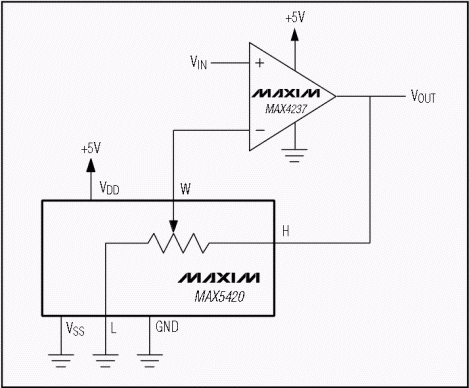
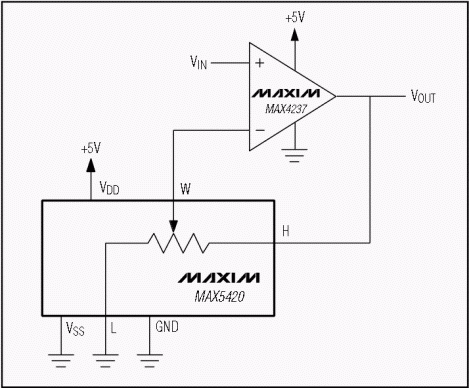
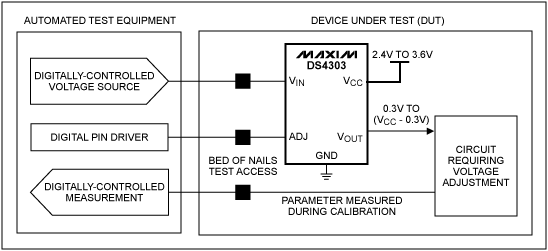
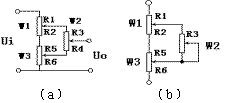
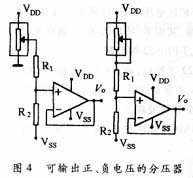
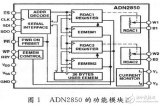

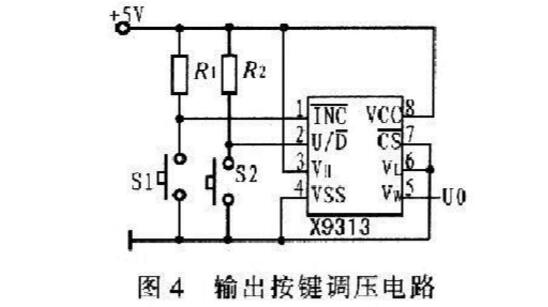


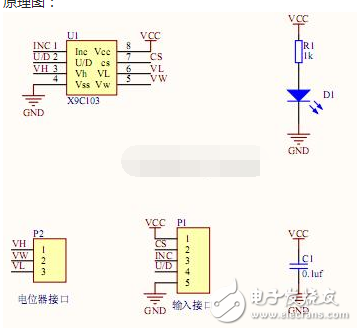
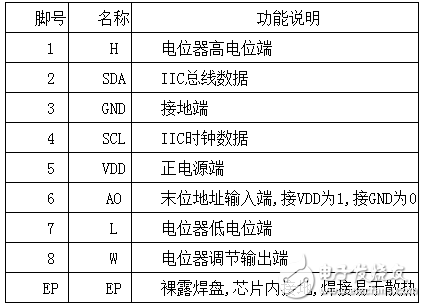
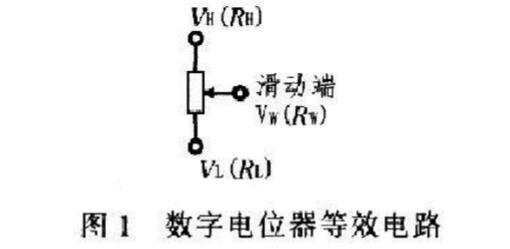
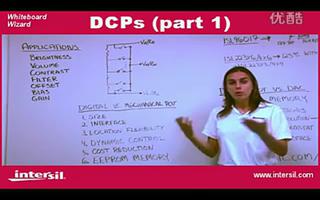

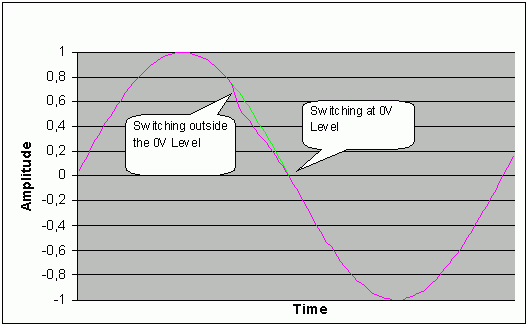
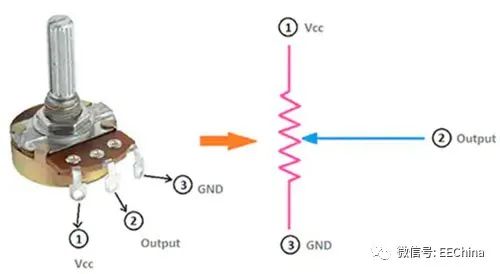
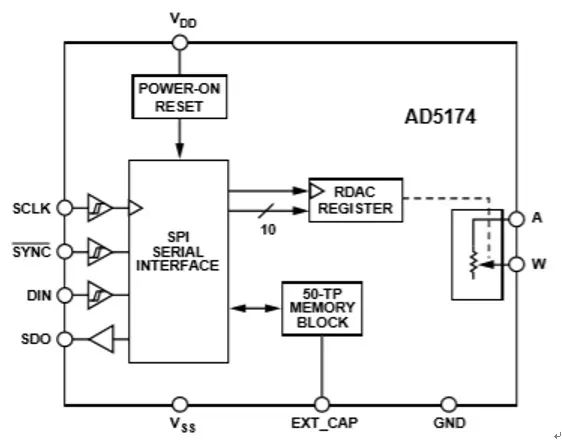
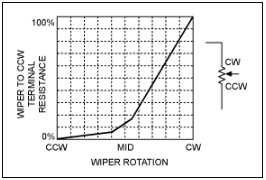
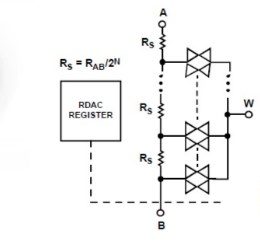










評論